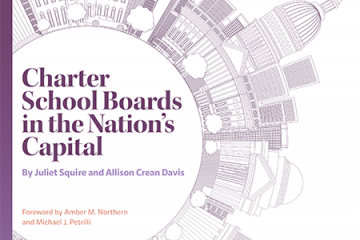When charter schools first emerged more than two decades ago, they presented an innovation in public school governance. No longer would school districts enjoy the “exclusive franchise” to own and operate public schools, as chartering pioneer and advocate Ted Kolderie explained. Charters wouldn’t gain all of the independence of private schools—they would still report to a publicly accountable body, or authorizer—but they would be largely freed from the micromanagement of school boards, district bureaucracies, and union contracts. Autonomy, in exchange for accountability, would reign supreme.
Over the course of its twenty-year history, however, American education and its charter school sector have evolved in important ways. One of the significant ways is school governance—not a topic that gets a lot of attention but, as it turns out, a crucial one that is overdue for an overhaul (and not just in the charter sector).
The growth of nonprofit charter networks (CMOs), the ubiquity of for-profit school-management companies (EMOs), and the emergence of “virtual” charter schools have all upended the notion that charters would mostly be freestanding “community-based” schools of the “one-off” variety. Yet the public policies and practices that characterize charter governance haven’t kept pace with these real-world changes.
To examine this mismatch more closely and consider how it might be set right, we interviewed nearly two dozen analysts, authorizers, board members, and practitioners with interest in and knowledge of charter schools. Not one of them felt that the inherited assumptions and regulations about governance in the charter sector are truly well suited to present-day realities. This brief explores several ways that charter governance might be rebooted.




